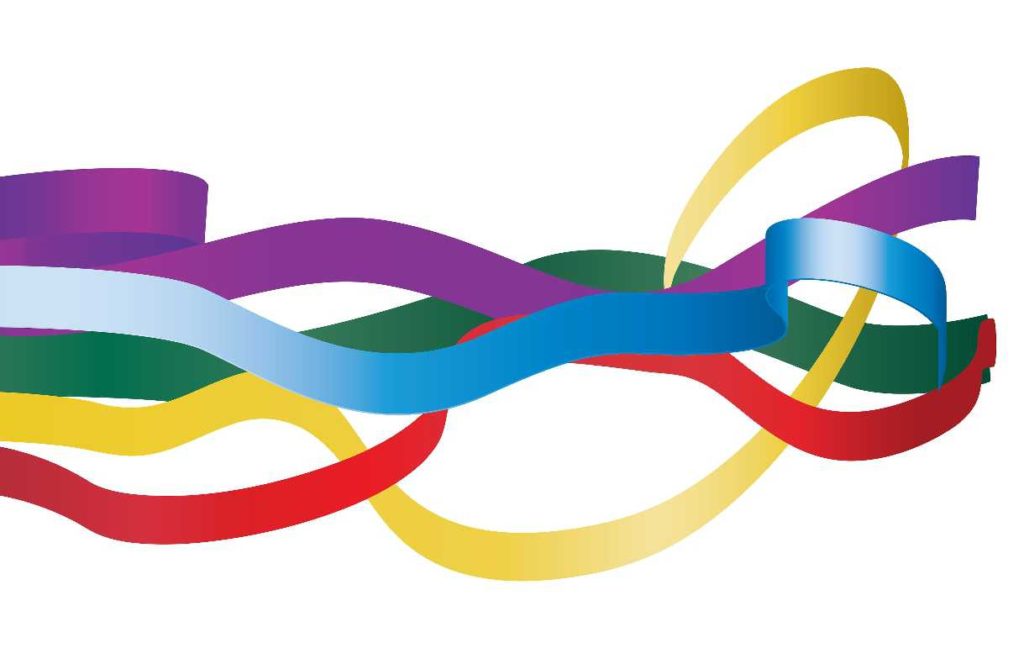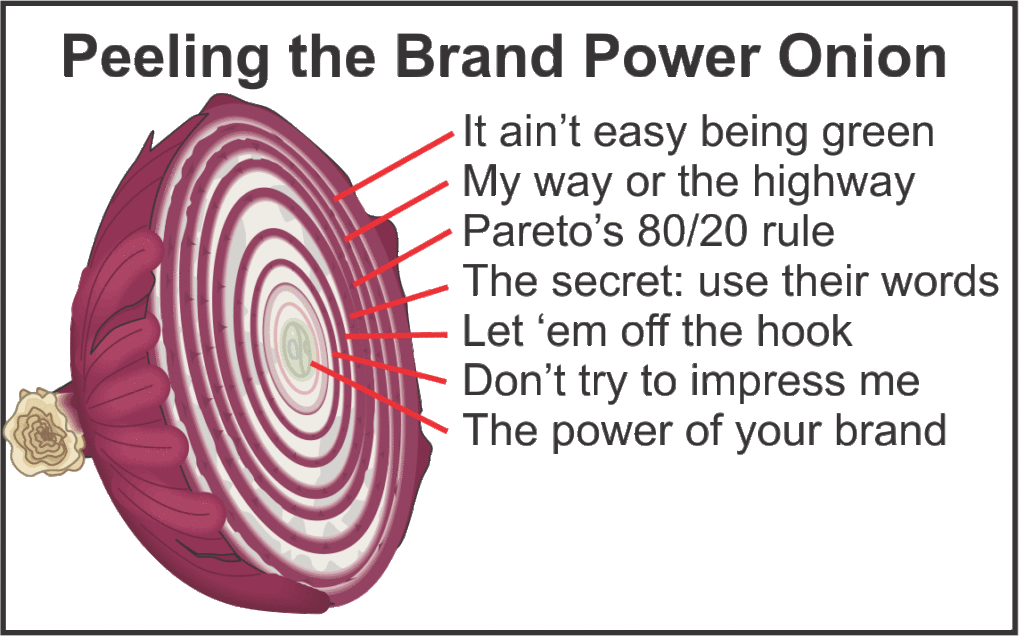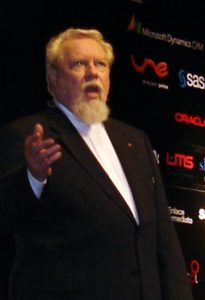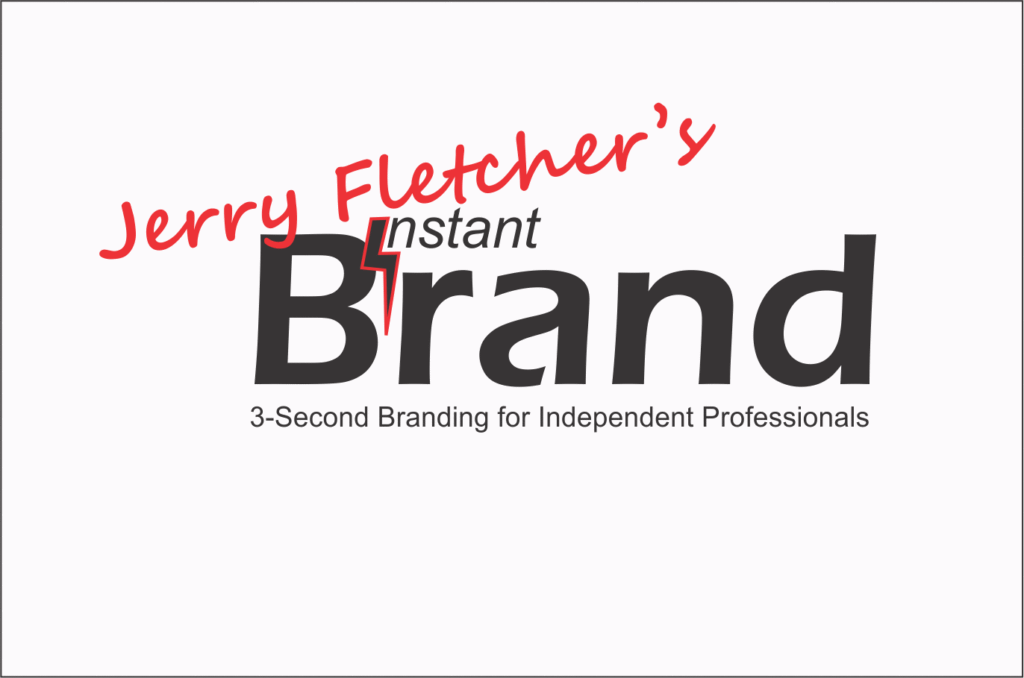 Nothing controls how you feel about things, right?
Nothing controls how you feel about things, right?
Guess again.
Decisions are not logical
Right down there in the bottom of your brain in the part called the amygdala is where all your emotions slosh around to make the decisions you can’t believe you made. As much as we wish the economists were right, humans do not make logical decisions. We decide based on feelings and then attempt to rationalize what we’ve done.
Bad ass biases
Is there something under those emotions that pushes us one direction or another?
You bet. It is called bias. All of us have them. Some are so accepted that we rarely notice them.
Smell I’ve read that smell is the most primitive of our senses, the one most directly linked to our unwitting biases. Ever noticed how the smell of a bakery can lure you into the store? Does the smell of fresh mown grass make you think of a picnic by the lake? It’s hard to imagine being in the lobby of a movie theater without smelling fresh popped popcorn. Right?
Sight We are a visual culture. Color alone can create a bias. It can have different meanings in different cultures. Red, in the west means stop or danger. But in China it is the color of life celebration worn on New Years, weddings and funerals. Yellow is a joyous color except in France, where yellow signifies jealously, betrayal, weakness, and contradiction. Blue holds more connotations than any other color around the world extending from depression to elation. Green is generally associated with earth, plants and new life. But be careful. In some South American cultures it is the color of death. Purple, early on, was a symbol of wealth but as the dye was more readily available it came to have other meanings. Now it is the color for funerals is common across Europe and South America.
Be sure the colors you use have the meaning you want in the culture where the brand will be sold. A bias against the color you choose could torpedo your product introduction.
Sound it is easy to think that songs sung in English using western instrumentation and notation are the world standard. As ubiquitous as that sort of music is, it is not all that is out there. There is still tremendous pride and emotional linkage to native approaches around the world. And that power is possible to put to work for a brand. Think about how often melodies crafted in Vienna in another century set the mood for a perfume or high-end jewelry. Can you resist the rhythms of dance from Celtic to Flamenco to Argentine Tango?
The sound of a child crying gets attention in every culture. Even in the backwater of the third world, the sound of a jet taking off, a car being started or a soft drink pour are recognized. The sound that is familiar and fits with your brand can help build the bias you want.
Touch this sense is the first to develop in the human fetus. Differences in the perception of touch around the globe are a minefield but gestures and body positions that do not involve touch can be just as dangerous. Have a native of the culture check touching, gesturing or body positions in every photo, video or other visual representation you intend to use.
In Korea, the touch of a woman’s skin is how great beauty is described. Each culture describes skin and the results of skin treatments differently Can you use the terms the natives are biased toward?
Taste There are some common denominators and some that can be found mystifying. Most of us can sense sweet, salty, sour, bitter, hot and cold. But what is described as good or tasty, delicious or disgusting is completely variable by culture.
Do not even think of taking a food product from one country to another without first checking with specialists in the target company. Chees is not big on China’s idea of great imports. Hamburgers will not go over with the general populace of India.
Bias goes beyond the senses.
All of us use biases to explain why we like a specific brand. The experience we have with the organization that sells it may generate the bias we call preference. Starbucks is a good example of a bias like that. A brand that gives us a rationale for being part of a group that uses it can turn fandom into fantastic profits. Examples include Porsche, Rolex, Apple and Canondale.
We can be biased toward any product that solves the problem we have If it meets our resolution criteria and understands the emotions we feel about a solution. What brand comes to mind for you?
Jerry Fletcher is a sought-after International Speaker, a beBee ambassador, founder and Grand Poobah of www.BrandBrainTrust.com
His consulting practice, founded in 1990, is known for Trust-based Brand development, Positioning and business development for independent professionals on and off-line.
Consulting: www.JerryFletcher.com
Speaking: www.NetworkingNinja.com




















